The Nuclear Escalation Between Iran and Saudi Arabia
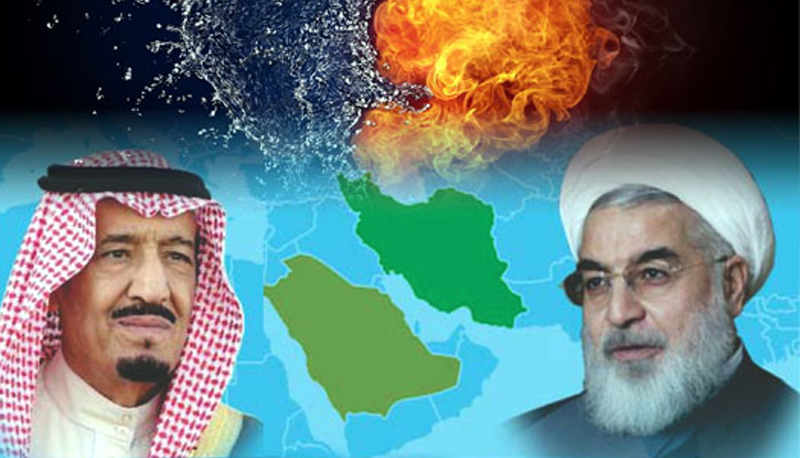
President Donald Trump, with two months left in office, last week during an Oval Office meeting with his top national security aides, including Vice President Mike Pence, Secretary of State Mike Pompeo, new acting Defense Secretary Christopher Miller and General Mark Milley, chairman of the Joint Chiefs of Staff, asked for options on attacking Iran’s main nuclear site, but ultimately decided against taking the dramatic step.
The Iranian regime is continuing to build up its stockpile of low-enriched uranium and now holds roughly 12 times the amount permitted under the 2015 Joint Comprehensive Plan of Action (JCPOA, also known as the Iran nuclear deal), according to a report by the United Nations Atomic Agency.
The report’s findings underscore the challenge the incoming Biden administration faces in persuading Tehran to return to the 2015 nuclear deal. Aside the stockpile of low-enriched uranium, which when further refined can be used to fuel a nuclear weapon, Iran is also taking steps to accelerate its production of low-enriched uranium and is continuing its nuclear research.
While this should raise eyebrows, it seems as if once again, America’s pandering and pretentious-ally, Saudi Arabia, is also on the path to developing a nuclear weapon.
The Saudi Nuclear Project
Saudi officials have made no secret of their determination to keep pace with Iran, which has accelerated since President Trump pulled out of the JCPOA in 2018. Prince Mohammed bin Salman (MBS) pledged in 2018 that his kingdom would try to develop or acquire nuclear weapons if Iran continued its work toward a bomb.
Reports show that the kingdom already has enough mineable uranium ore reserves to begin domestic production of nuclear fuel thanks to Communist China. This should come as no surprise being that North Korea, as U.S. Special Representative for Iran Elliot Abrams bore witness in September, for quite some time, has been helping Iran’s quest to become a nuclear weapon state.
Confidential documents prepared by Chinese geologists and obtained by The Guardian demonstrate that those geologists had been rushing to assist the Saudis outline its uranium reserves as part of their nuclear energy cooperation agreement with the Communist Chinese Party — the geologists identified reserves that would be able to produce more than 90,000 tons of uranium from three “major deposits” in the center and northwest of the country in order to develop a nuclear weapon.
Bloomberg News confirmed in September that the International Atomic Energy Agency (IAEA) is working with a Chinese-linked institute to find and develop uranium for the Saudis — despite the fact the UN nuclear watchdog’s inspectors are still not permitted in the kingdom. This is a direct violation of Section 123 of the U.S. Atomic Energy Act of 1954, by which any country receiving help from the U.S. agrees to abide by certain rules regarding non-proliferation technologies, the peaceful nature of a nuclear program and IAEA inspections.
The Wall Street Journal reported in August that Riyadh had built, with help from Beijing, a secret facility to extract yellowcake from uranium ore — yellowcake is concentrated, natural uranium in powdered form. The report stated that, “The [yellowcake extracting] facility, which hasn’t been publicly disclosed, is in a sparsely populated area in Saudi Arabia’s northwest and has raised concern among US and allied officials that the kingdom’s nascent nuclear program is moving ahead and that Riyadh is keeping open the option of developing nuclear weapons.”
Unlike Iran, Saudi Arabia still does not posses the necessary enrichment capability to create a bomb — while natural uranium ore in the ground has a concentration of about 0.7 percent uranium 235, power reactor grade uranium requires enrichment levels between 3 and 5 percent, and weapons grade uranium needs to be enriched to about 90 percent. That does not mean Riyadh’s nuclear aspirations are limited to energy. In the 1990s, in fact, the Saudis helped bankroll Pakistan’s successful effort to produce a bomb. Yet it has never been clear whether Riyadh has a claim on a Pakistani weapon, or its technology.
White House officials seem relatively unperturbed by the Saudi effort sustaining that until the Iranian nuclear program is permanently terminated, the Saudis will most likely keep the option open to produce their own fuel, leaving open a pathway to a weapon.
Last year, U.S. Energy Secretary Rick Perry clandestinely approved six secret authorizations by companies to sell nuclear power technology and assistance to Saudi Arabia. This came after the Trump administration gave permission to a handful of U.S. companies to engage in early stage nuclear energy trade with Saudi Arabia, which ignited a battle with Congress over plans to sell American-made reactors to the kingdom.
What’s Next?
President-elect Biden has stated that the U.S. relationship with the kingdom must be reassesed, and for good reason — Trump had provided a vital buffer for the international criminal MBS against a tide of international criticism and potential sanctions over his human rights record sparked by the murder of Saudi journalist Jamal Khashoggi, Riyadh’s role in the now six-year genocidal war in Yemen and the detention of women activists.
At the same time, Biden has indicated that he would seek to get the U.S. back into the Iran nuclear deal so long as Tehran observes strict compliance. This may be almost impossible to do since Iran is demanding a lifting of sanctions which many Democrats do not support.
Both the Iranians and the Saudis have been given plenty of elbow room to get this far; the former because of President Obama, the latter because of President Trump. Based on their human rights violations, to think that Iran does not wish to build a nuclear weapon is as laughable as believing that Saudi Arabia’s nuclear aspirations are peaceful.
So long as Iran and Saudi Arabia — both sponsors of international terrorism — continue to profess the Islamic sharia as their guiding principles, there will never be peace and stability in the region. Their mutual hostilities date back to the inception of the Islamic religion as a socio-political construct based on their Shi’ite-Sunni division — Iran as Shi’ites see all Sunnis, which include the Saudis, as heretics of Islam, and vice-versa.
It will take more than just striking up a deal, all over again, and sanctions to prevent a full scale apocalyptic conflict between both Islamic regimes.
__________________________________________________

Mario Alexis Portella is a priest of the Cathedral of Santa Maria del Fiore and Chancellor of the Archdiocese of Florence, Italy. He has a doctorate in canon law and civil law from the Pontifical Lateran University in Rome; he also holds a M. A. in Medieval History from Fordham University, as well as a B.A. in Government & Politics from St. John’s University. He is also author of Islam: Religion of Peace? – The Violation of Natural Rights and Western Cover-Up.
Book available on Amazon, Barnes & Noble or WestBow Press.


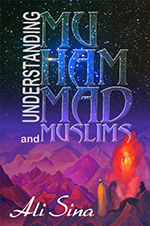
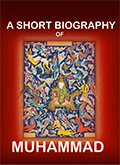
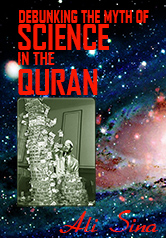
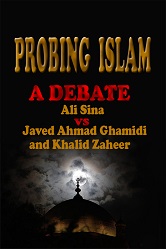
Recent Comments